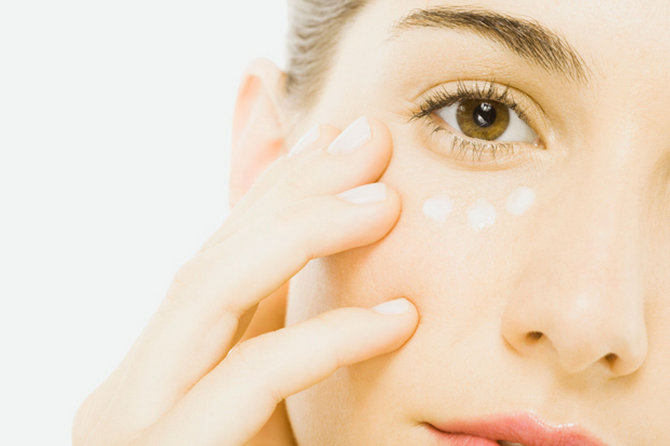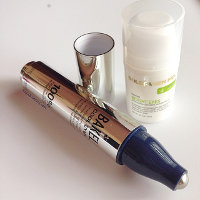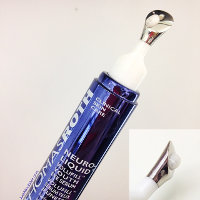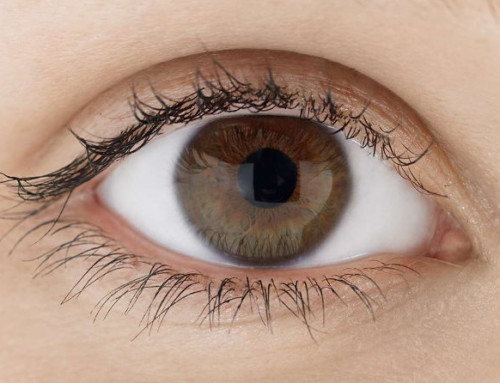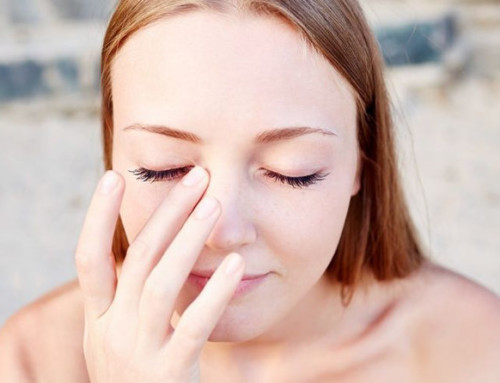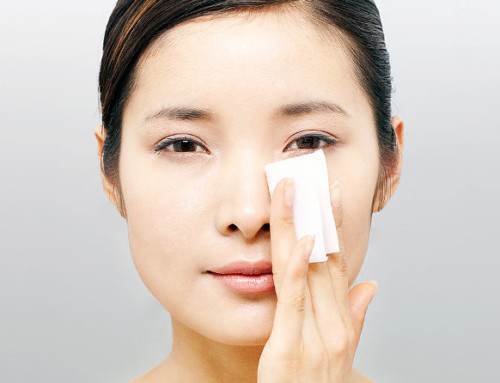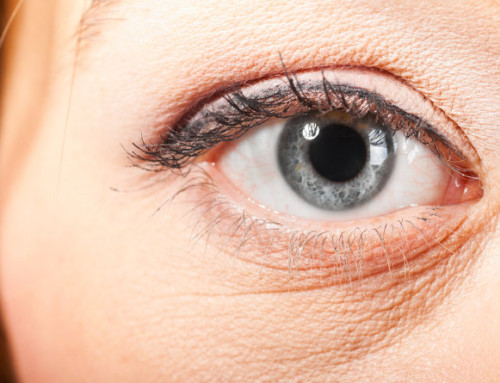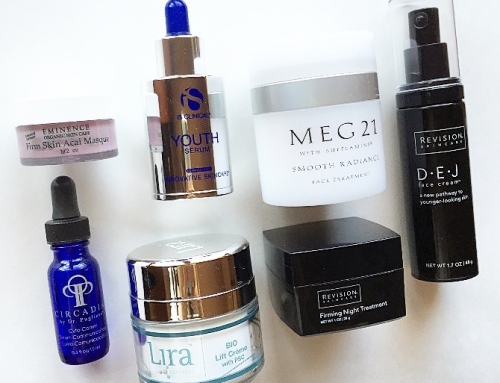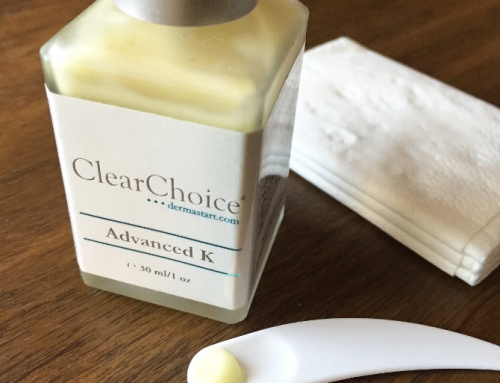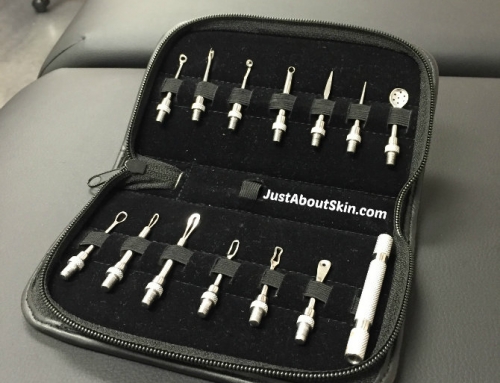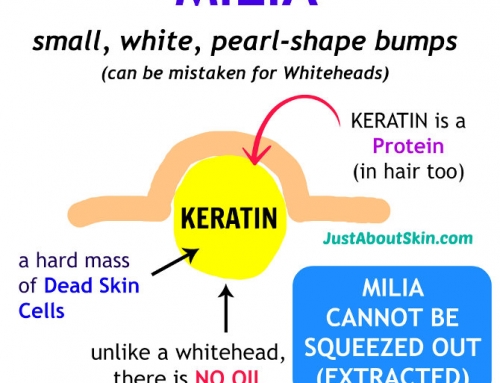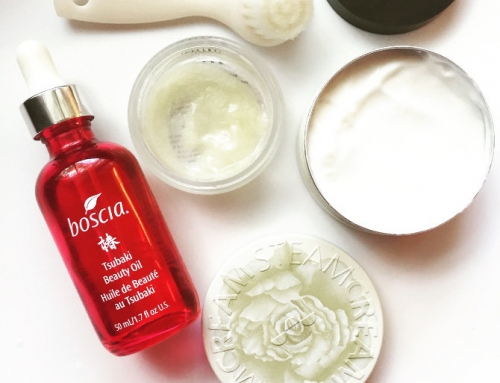Ever wake up with puffy eyes? Puffy eyes, baggy eyes, under-eye bags.. we all get this from time to time. And some of us struggle with it all the time.
Let’s look at what causes it in the first place, and then what can be done to treat it.
What Causes Puffy Eyes (Bags)?
Puffy eyes refers to puffiness seen under the eyes. They are called bags if the skin visibly pops out or droops.
You can also have puffy eyes on the upper lids, or swollen eyes all around (upper & lower lids). In this article, I’ll be talking about puffiness under the eyes.
Puffy eyes can be caused by a range of factors. Excluding health disorders such as kidney, liver, thyroid, or blood pressure conditions, there are two major causes of puffiness – swelling and fat.
SWELLING
Swelling is due to fluid retention. The skin around the eyes is the thinnest on the body. The eye area also has many blood vessels. Both of these factors make the eye area very sensitive and prone to expansion.
What makes the eye area expand? A few factors.
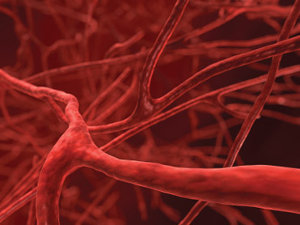 Inflammation due to a stimulant. For example, something that irritates your eyes, like a cosmetic ingredient. Or seasonal allergies.
Inflammation due to a stimulant. For example, something that irritates your eyes, like a cosmetic ingredient. Or seasonal allergies.
Inflammation increases blood circulation to the area, to make room for immune cells which migrate to the area to fight an infection. The area swells with more blood.
Heat is another stimulant. This is why your skin turns red when you take a hot bath or shower.
And it’s why applying ice or a cold compress to a swollen part of the body reduces swelling. Cold temperature constricts (shrinks) blood vessels. When blood vessels shrink, less blood flows through them, so there is less fluid in the area.
Bags can also be due to lymph fluid pooling under the eyes.
Lymph is a fluid that circulates throughout the body. It contains white blood cells, excess fluid, waste products, and sometimes harmful cells (e.g. bacteria, cancer cells). Its role is to detoxify the body’s tissues.
But as we age, lymph flow becomes less efficient. Lymph fluid gets sluggish and pools in certain areas of the face and body, such as under the eyes. And voila, hello puffy eyes!
If you normally don’t have puffy eyes but wake up in the morning with swelling on your lids, this is most likely due to putting on too much eye cream the night before. Since the skin around the eyes is thin, it can’t hold as much oil-based cream as the rest of the face.
FAT
The other major source of puffy eyes is fat under the eyes. Under-eye bags are pads of fat protruding through the skin.
As we age, fat increases under the eyes, which is why the fat pads become more prominent over time. This is genetic, just a part of aging. There isn’t much you can do about it except for lower eyelid surgery (excising the fat out).
Aging also causes a weakening of the dermal support structure – the collagen and elastin fibers that give structure and support to skin. If that support matrix weakens, fat can shift.
What Is Causing Your Puffy Eyes?
First, how old are you?
Are you under 40? If so, and your puffiness is temporary, then it’s most likely due to swelling, which could be caused by a number of things.
 Are you using a new skincare or makeup product? Do you have seasonal allergies or sinus problems? Have you been rubbing your eyes a lot? When you remove your eye makeup, do you tug your skin? All of these can cause temporary puffiness.
Are you using a new skincare or makeup product? Do you have seasonal allergies or sinus problems? Have you been rubbing your eyes a lot? When you remove your eye makeup, do you tug your skin? All of these can cause temporary puffiness.
What about your diet? Have you been eating salty foods lately? Or drinking a lot of alcohol?
Heavy alcohol consumption causes blood vessels to dilate (expand). By the way, capillary walls are fragile. If they are constantly dilated, they weaken and eventually burst. Blood seeps into the surrounding tissues, causing a flushed appearance to skin. This is why people who drink a lot often look red.
If you’re over 50 and your puffiness is persistent and getting worse, chances are fat is part of the problem.
No topical or ingestible products can eliminate that fat. For significant improvement, you’ll most likely have to consider surgical options. I’m telling you this so you can be realistic about skin care products and not waste your money unnecessarily on expensive topical treatments.
What Can Treat Puffy Eyes?
Skin care products can help when you have temporary puffiness or swelling. But it’s pretty hard to treat puffy eyes when excess fat is the culprit.
Look for eye treatments that are specifically formulated for the eyes and designed to treat concerns like puffiness, dark circles, and fine lines.
They will have ingredients that increase circulation (to deliver nutrients to cells and remove waste more efficiently), reduce inflammation, and soothe.
Here are some ingredient examples:
 caffeine – contracts blood vessels
caffeine – contracts blood vessels- cucumber – soothing
- chamomile – soothing
- ginkgo biloba – soothing
- rosemary – assists with drainage
- green tea – anti-inflammatory
- salicylates – anti-inflammatory (avoid these ingredients if allergic to aspirin)
There are many anti-inflammatory ingredients that reduce inflammation – here’s a list of some common ones.
Lately there’s been a whole slew of new de-puffing treatments that come packaged in a metal applicator.
Here are examples of a metal flat-tip applicator and metal rollerball.
You massage the metal applicator over the puffy area. The metal feels cold on skin, which is soothing if your eyes are tired.
The treatment, which comes out of the applicator, releases cooling and soothing ingredients into skin. The pressure of metal on skin and the massage movements also assist with lymph drainage.
Tips for Minimizing Puffy Eyes
1. Limit salty foods – Salt can cause fluid retention. So watch out for salty snacks, processed foods, and fast food. All of these are high in sodium.
2. Watch your alcohol intake and avoid drinking late at night – Excessive alcohol consumption will weaken blood vessels over time, which means more dilated vessels and more fluid in the eye area. You can learn more about alcohol’s effect on skin here.
3. Avoid rubbing your eyes – Rubbing your eyes can irritate the delicate skin. When you apply eye cream, use gentle patting and pressing motions. You can learn more about applying eye cream here.
4. Be gentle when you remove eye makeup – Try not to tug on the skin. Remember the skin is extremely thin around the eyes. If your makeup remover makes it hard to remove makeup, switch brands.
5. Sleep with your head slightly elevated – This can help with drainage.
6. Don’t sleep on your stomach – Your face will end up rubbing against the pillow during the night.
7. Manage seasonal allergies – If you get hay fever or other allergies, take medications to control the symptoms (e.g. antihistamines). I get hay fever in the spring, and my eyes become puffy and watery. I take OTC allergy medicine to manage my symptoms.
8. Examine the fabric of your pillowcase and the ingredients in your laundry detergent – Make sure you’re not (slightly) allergic to the fabric or ingredients in the detergent. Quite often, we have mild sensitivities that are not obvious. I like to use fragrance-free detergents to minimize the chance for itchy or irritated skin. (Fragrance is a common skin irritant.) When you’re itchy, guess what happens? You scratch and rub, even if you’re not conscious of it. We often touch our faces without even realizing it.
9. Wash your pillowcases more frequently – Sebum, sweat, skincare, makeup (eek, hopefully not!) accumulate on a pillowcase. Keeping your pillowcase clean minimizes the chance for irritation (and clogged pores).
10. Consider a lymphatic drainage facial treatment at a spa – This can be achieved with suction equipment or a hand massage over the face, neck, and decollete. Massage movements improve lymph flow as well as blood circulation.
11. Don’t put too much eye cream on at night – To prevent puffiness from too much cream, apply only a small amount of cream to the upper lid and not right by the lash line. Focus the cream instead on the brow bone. Below the eyes, apply cream just above the orbital bone (this bone is right below your eye, on the top part of your cheek). The eye cream will spread outward on its own.
12. Try an eye sheet mask or a cooling eye gel mask – There are many affordable Asian sheet masks or hydrogel masks. Those masks are typically a few dollars each.
Home Remedies
If you need some immediate de-puffing, the easiest thing to do is to put something cold over your eyes. It’s not a long-term solution but will reduce some of the swelling and provide temporary relief for tired eyes.
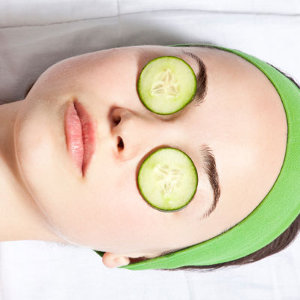 1. Cover your eyes with cucumber slices and a damp cold cloth over them for 10-15 minutes – This is a popular home remedy. Cucumber is a soothing ingredient and appears in many calming skin care products.
1. Cover your eyes with cucumber slices and a damp cold cloth over them for 10-15 minutes – This is a popular home remedy. Cucumber is a soothing ingredient and appears in many calming skin care products.
2. Cover your eyes with tea bags for 10-15 minutes – Dip the tea bag in water first. It doesn’t matter if it’s hot or cold. If hot, make sure you give it time to cool. A chilled tea bag is better than one at room temperature (cold helps). Use a caffeinated tea bag, not de-caffeinated. Tea has caffeine, which is effective at constricting blood vessels.
3. Put something cold over your eyes for a few minutes – You can use a cold washcloth, cotton pad soaked in cold water (or tea), an ice pack, or a cold spoon that has been pre-refrigerated. If you use a spoon, just be careful not to poke yourself in the eye 😉
4. Make ice cubes made of tea or cucumber juice – These are handy. Pop one out whenever you need it and gently hold under your eyes.
5. Wrap grated potato in cheesecloth, cool in the fridge, and place under eyes for 30 minutes – Rinse your skin afterward.
Other Treatment Options
Unfortunately, puffiness and bags are not easy to eliminate. Sometimes, no topical products or compresses help.
More aggressive methods can be used to treat puffiness if you have a health disorder that’s causing it, or if you have significant bags: lower eye surgery (fat excision or fat repositioning), steroid injections, and prescription medications.
You’ll have to consult a physician for this. Make sure you see someone with a MD, and preferably a dermatologist or plastic surgeon who is board certified.

